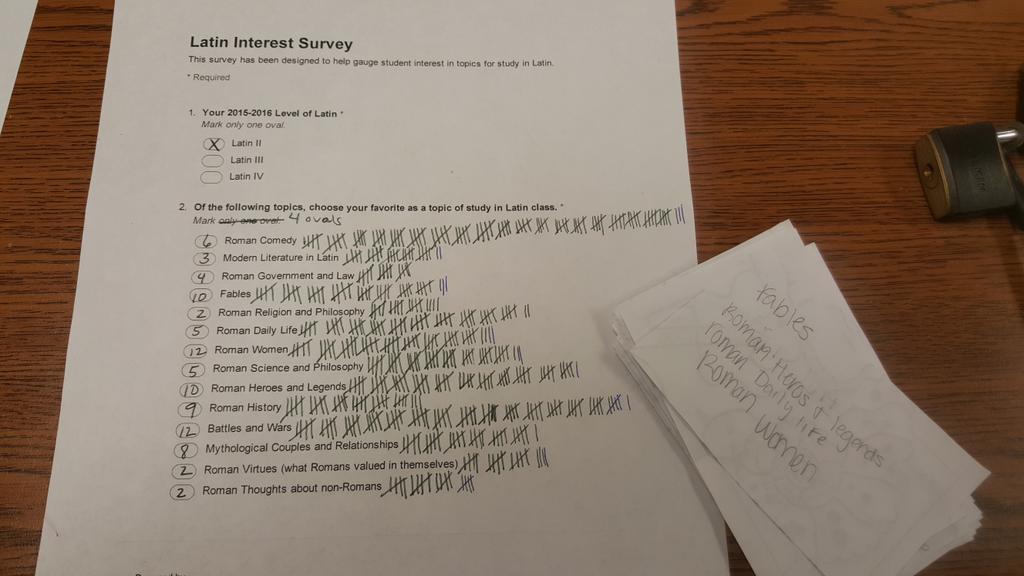What I expected
I really intended this to go smoothly and to take a class period. I expected some questions, a lot of answers, and a small discussion afterwards regarding culture. Something along the lines of:
Me: So, why is her choice to eat the fruit so important?
Students: Because it means she can't leave the Underworld.
Me: Any questions?
Students: No! We understand completely!
What Actually Happened
Each period was different. I've written about them in no particular order.
- Class A - This class is one of my most animated when it comes to reactions. They react in the moment, almost in unison. When we got to the pivotal moment in the chapter, the entire class gasped just slightly, then sighed and there was a collective "aww".
- Class B - This was probably my most interesting response of the day. This class read the chapter very quietly, and then there was an eruption of sadness and anger. This class really bonded with the characters in a way that no other class did and when those relationships were betrayed for love, they were actually upset and offended by this. There was a great discussion that went from being a cultural discussion to a discussion of vocabulary choice which, as one of the authors of this text, I found absolutely fascinating. It brought to light an interpretation and perspective I had not foreseen or been prepared for.
- Class C - This class is later in the day and very expressive. We have a lot of great discussions but, equally, a lot of off in the wilderness moments too. By the time I got to this class, I didn't know what to expect. Theirs was the most expressive of the day. I'd chosen to pause and discuss right on the precipice of the action and I saw in their faces the anticipation of what was going to happen. When we finally read it, there was an audible sound from the majority of the class and with each sentence I could hear, I didn't even have to look, their reactions: "what?" "oh no!" *gasp* "awwww" "aaaaaaawwwwwwww"
- Class D - This class tends to be more quiet in the moment and lets things sink in. Their reaction was almost unnoticeable, but they started a great discussion about the culture behind it. They wanted to know the why, the how, and the meaning behind it all.
- Class E - This particular class is very full of kids and personalities. Sometimes they enjoy things and sometimes they argue about things, so I wasn't quite sure what to expect from this group. What I found was an entire class of kids actively cheering for the romantic love story that reveals itself in this chapter.
So, here's the challenge. Let's share our experiences, get others interested, and widen the comprehensible input community. Share a picture and/or a message on any social media platform (I'll be using Twitter, Instagram, and Facebook) and tag it with the following: #iknowitscompelling















